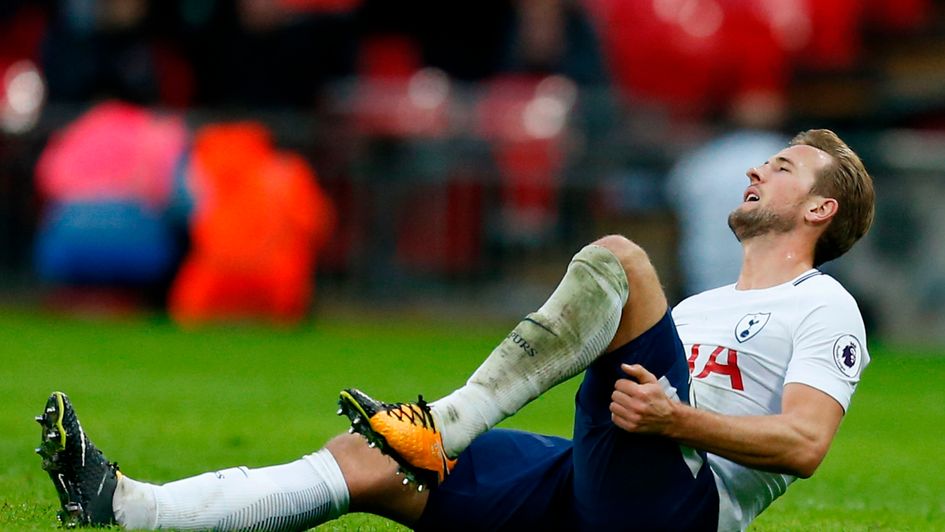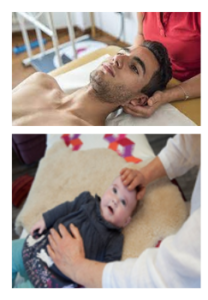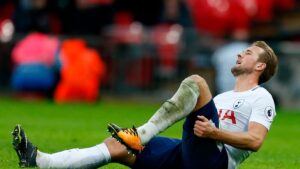Introduction
Hamstring injuries in my opinion are largely preventable, and can be predicted and avoided in many cases with a little knowledge. I myself have suffered a complete hamstring tear which required surgical reattachment and extensive rehabilitation. I’d like to put my academic and personal experience to good use in an effort to prevent other athletes suffering repeated interruption to sport or worse, a potentially catastrophic career ending injury. Following is my list of what I feel are the main predisposing factors to suffering a hamstring tear.
Subsequent Tear(s) with inadequate rehabilitation
It is widely accepted that those with a previous hamstring tear are more likely to experience a reoccurrence. When a hamstring tear occurs the body produces scar tissue which I’d crudely describe as hard chewing gum. If no treatment or rehab is given this scar tissue will not behave like normal elastic tissue and when enough force is put through the muscle the surrounding tissues will lengthen but the scar tissue will come to an abrupt halt and re-tear. An injury will heal without rehab but may be problematic in the athlete’s future. To allow this newly forming tissue to act like normal elastic tissue it requires manual intervention to separate fibers and encourage blood supply. Tissues also heal along lines of stress, so appropriate non painful stretching as the muscle is healing will help. Appropriately prescribed rehabilitation exercises are also a key component in the prevention of further injury.
Lack of Flexibility
The obvious culprit is tight hamstrings which can cause a hamstring strain and does need to be addressed if this is the case. However, in my experience the often overlooked cause of a hamstring tear is tightness in the hip flexors (iliopsoas and rectus femoris). These muscles on the front of the body can pull the pelvis forward and downwards and the low spine into hyper lordosis. This has the effect of pre-stretching the hamstrings and when the athlete sprints, flexing the hip and extending the knee, the already pre-stretched hamstrings can reach their limit and a tear can occur.
Inadequate Warm-up
Although this is an athlete’s personal responsibility, sprinting in cold weather with cold muscles has been the cause of many torn hamstrings. A dynamic warm-up is essential to increase blood flow, mobilise joints and increase the overall body temperature. This will allow the hamstrings to lengthen at speed and under load. Failure to do this often leads to the athlete pulling up and grasping the hamstring in agony. So, an adequate warm-up is a no brainer.
Muscle Imbalances
Although less common than in the past, due to increased knowledge of strength and conditioning, strength imbalance can contribute to a hamstring tear. A little forethought and planning can prevent this happening. Over strengthening the hip flexors and quadriceps while neglecting the posterior chain can indeed cause a tear in the hamstrings. The hamstrings don’t need to be as strong as the quadriceps but do need to be proportionately strong in order to control rapid lengthening when the hip is maximally flexed and the knee extended when the athlete is sprinting. This can be achieved with posterior chain exercises such as stiff leg deadlifts, hamstring curls and Nordic curls. A systematic review and meta-analysis of 8459 athletes concluded that inclusion of the Nordic curl reduced hamstring injuries by 51% in athletes (Van Dyk et al 2018)
Anterior Pelvic Tilt
Very much related to muscle imbalances, tight hip flexors (iliopsoas) can pull the spine forward and downwards and pull the pelvis into a forward and downward rotation. This has the effect of bringing the low spine into a concave arch called lordosis and will cause the facet joints to close thereby reducing movement in the low spine, potentially causing low back pain. The forward and downward rotation of the pelvis (known an anterior pelvic tilt), caused by the rectus femoris, in the front of your thigh, will pull at the proximal hamstring attachment, which is onto your pelvis at the gluteal fold, at your backside. This pre-stretched position of the hamstrings can become a problem when sprinting as discussed earlier, perhaps predisposing the athlete to injury.
Leg Length Discrepancy
Last but not least. In my opinion, this is a really good predictor of unilateral injuries in the lower body, and was originally eluded to by (Cibulka et al 1986). It is my view that an anterior (forward) rotation of the pelvis on one side, known as an anterior innominate, is a major predisposing factor to a hamstring injury on the same side. In fact, in every low body injury that I treat, whether a hamstring, Achilles or groin injury, I will always examine the pelvis to see what forces and imbalances are at play. Treating the injury is the easy part. Figuring out the cause is the real skill and is more likely to resolve the problem in the longer term.
So What?
The bottom line is that clinical structural examination by a skilled and knowledgeable osteopath could identify the issues outlined above. Subsequent treatment such as osteopathic manipulation to correct leg length, soft tissue work, stretching, mobility and appropriately prescribed rehabilitation exercises could prevent constant interruption to your chosen sport, or a catastrophic career ending injury such as a complete hamstring rupture.
References
Van Dyk, N., Behan, F. P., & Whiteley, R. (2019). ‘Including the Nordic hamstring exercise in injury prevention programmes halves the rate of hamstring injuries: a systematic review and meta-analysis of 8459 athletes’. British Journal of Sports Medicine, 53(21), pp. 1362–1370.
Cibulka, M.T., Rose, S.J., Delitto, A., & Sinacore, D.R. (1986). Hamstring Muscle Strain Treated by Mobilising the Sacroiliac Joint’. Physical Therapy, 66(8), pp.1220-1223.





